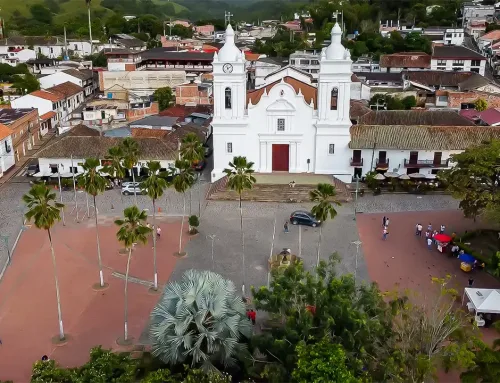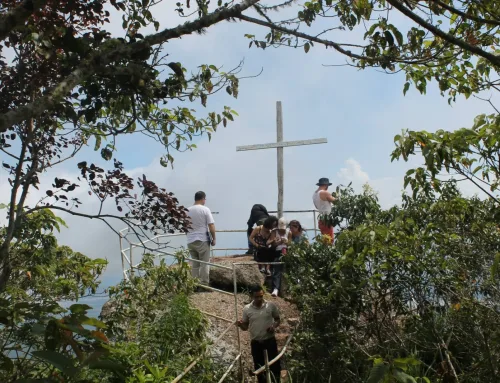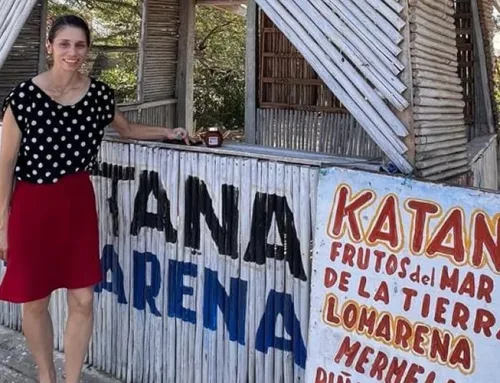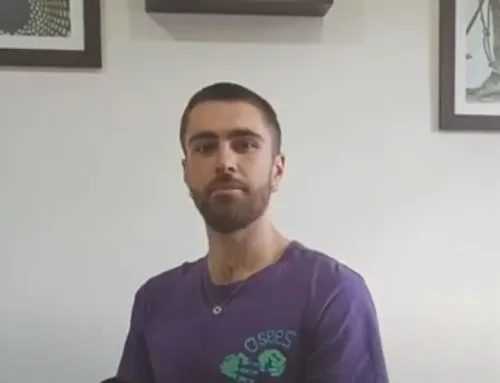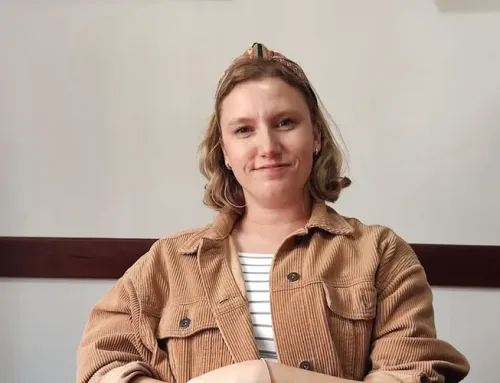Bogota is a huge city. It has more than 8 million inhabitants in its urban area, and up to 12 million within its metropolitan area: a population much higher than that of other cities in Colombia, and even greater than that of countries such as Sweden, Portugal, and Costa Rica. , Paraguay or Israel.
Being such a large place and with such a huge population, knowing how to move within it becomes a vital issue for the day-to-day life of its inhabitants, both locals and visitors. In addition to the bicycle —the preferred vehicle for almost 1 million Bogotanos—, the most popular means of transportation in the city is the Transmilenio. However, and despite being used by so many people every day, very few stop to wonder about the curious and interesting origin of the name of some of its stations.
At school Nueva Lengua We develop daily activities and outings together with our Spanish students, in which we explore the main tourist attractions of the city, as well as some of its best kept secrets. The Transmilenio, then, is a fundamental tool for us and for our students, so in this article, we will tell you about the stations that you cannot miss during your visit to the city, as well as the interesting origin and location of many of them. they.
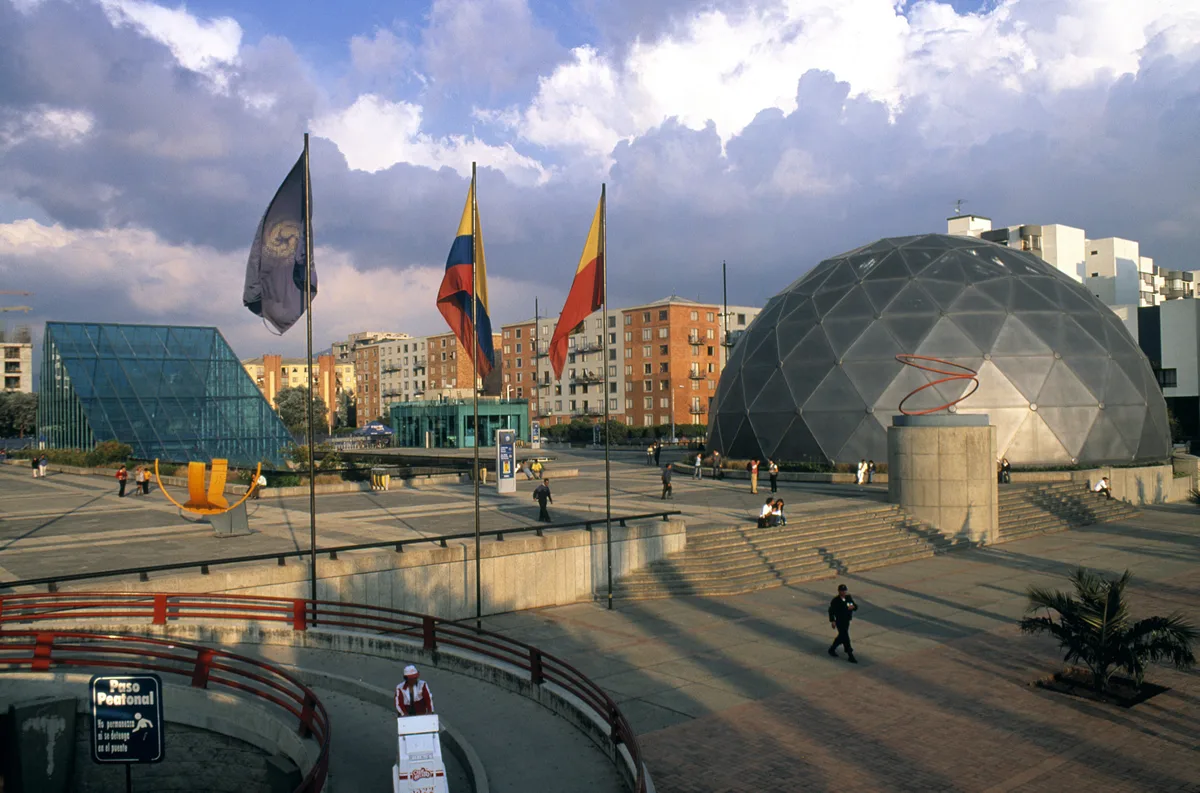
Third Millennium Station
Despite the fact that today Colombia has become an indisputable tourist destination around the entire planet, for many years the cultural and natural wonders of the country were overshadowed by intense waves of violence. And although those turbulent times are already part of our past, their overcoming was the product of a long and arduous process of social renewal, in which our cities were also transformed.
This is the case of Parque Tercer Milenio, a sports complex with more than 16 hectares, which makes it the largest in the city center. Before its construction, the land on which this park stands today was known as El Cartucho, the epicenter of crime in the city, where all drug trafficking and prostitution in Bogotá was concentrated.
Through the project to recover the historic center of the city, carried out since the early 2000s, the old Cartucho was intervened by the local authorities, and the criminal apparatus that was housed there was finally dismantled. This is how the park that we all know today was born, as well as the Transmilenio station that bears his name, for the enjoyment and entertainment of all citizens, and an interesting visit to learn about the history of the social and cultural resurgence of Colombia.
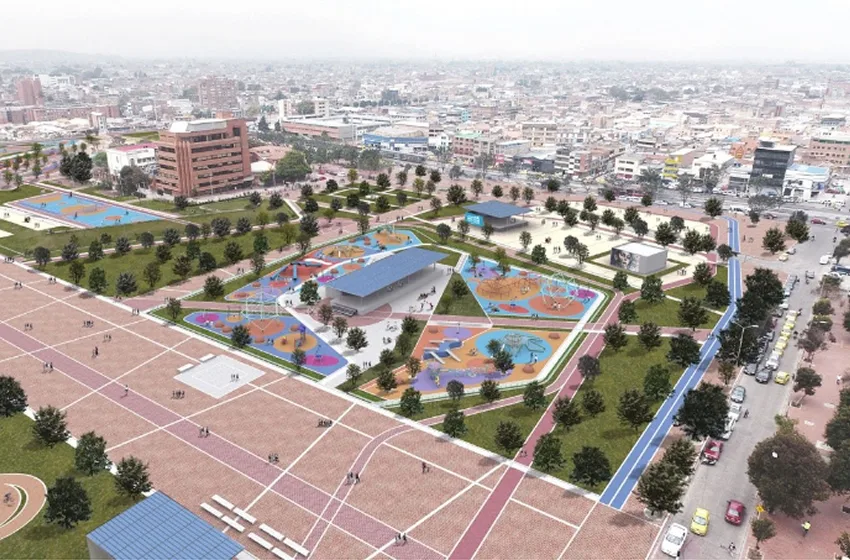
National Museum Station
The tour of the National Museum is one of the most requested activities here at our school, due to the artistic value of the pictorial and sculptural heritage housed there, as well as its interesting history. And it is that, before being what it is today, the building of the National Museum was nothing more and nothing less than a prison. Its structure is reminiscent of a military fort, and when walking through its rooms you can still see the bars of the old cells.
Some of the most interesting pieces in its permanent collection are the paintings of the paisa painter Fernando Botero, the testament of the liberator Simón Bolívar, parts of the uniform of the Spanish conquistador —and founder of Bogotá— Gonzalo Jiménez de Quesada, scientific watercolors by Alexander von Humboldt , and archaeological treasures such as some spearheads from the late Pleistocene.
The Museo Nacional Transmilenio station is located on Carrera 7, in front of the museum, diagonal to the traditional Hotel Tequendama, and just a couple of blocks from the Plaza de Toros la Santamaría and the Bogotá Planetarium. In addition, this station has the curiosity of being one of the only ones built underground.
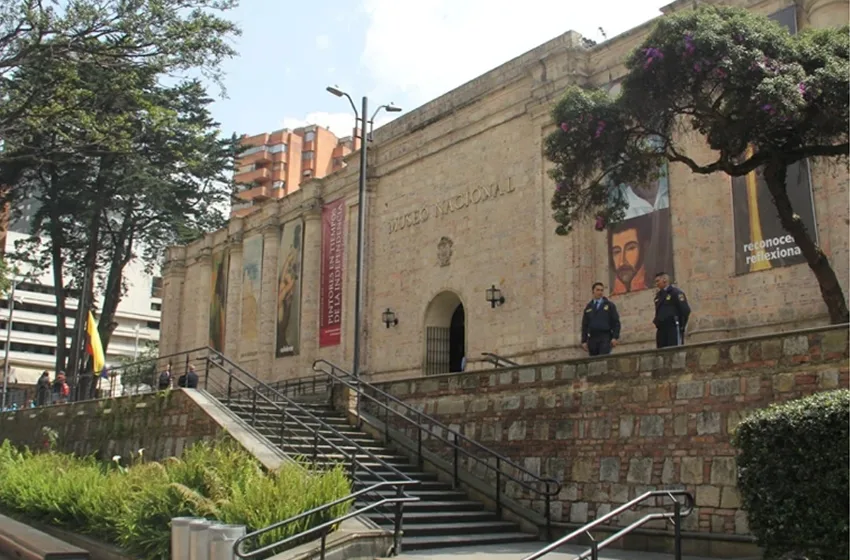
Graffiti District Station
Formerly called "Americas - Carrera 53 A", today this station honors urban art and alternative means of expression in the city. Since 2016, the walls of this area of Bogotá have been arranged and reserved for graphic artists, who design the murals that adorn the parks, squares, buildings, and schools throughout the neighborhood.
The culture of street art you live strongly in the capital of Colombia. Urban music makes itself felt every year within the framework of the important Hip Hop al Parque festival, breakdancing takes to the streets every Sunday in the squares during the Ciclovía, and graffiti can be seen on every corner.
That is why, in order to live the culture of Bogotá in all its magnitude and complexity, classic artistic experiences must be integrated with urban art, which is breathed through the streets, the buses, the neighborhoods and, in this case, , Transmilenio stations.
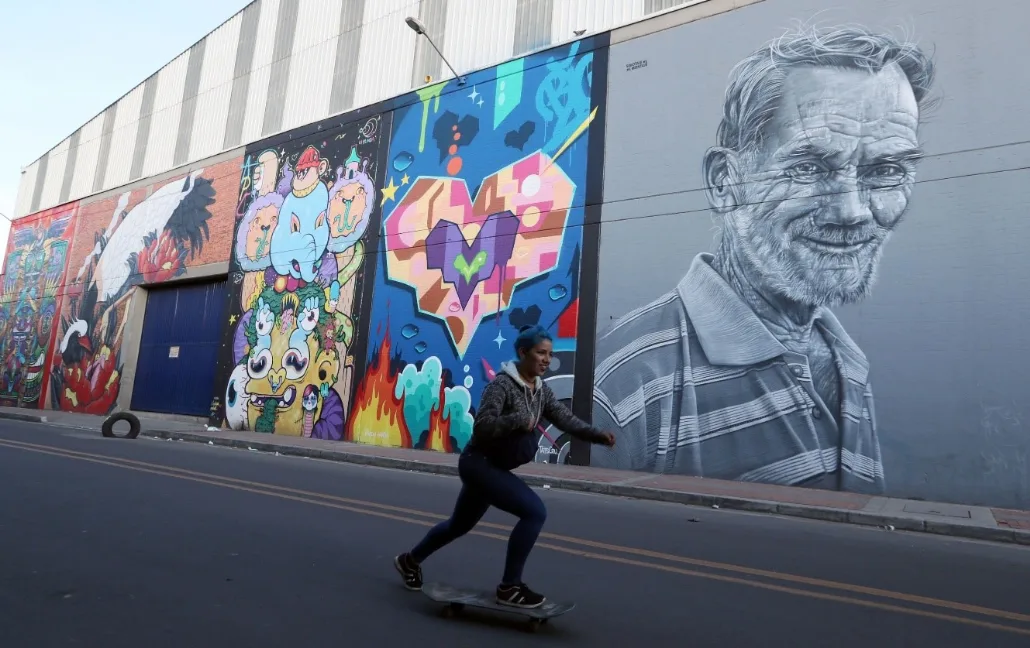
Paloquemao Station
This station receives its name from one of the main supply centers in the country: the Plaza de Paloquemao. In Colombia, as in many other countries around the world where the agricultural industry plays a central economic and social role, food products do not usually arrive directly from the fields to supermarkets, but are first received in the market places. Restaurants, stores, small businesses, street vendors and even families: they all go to the market squares to stock up, because they know that it is there where the greatest freshness and variety of products is obtained.
Since the founding of the city in the 1861th century, the favorite place for Bogotá commerce was the Plaza Mayor, today Plaza de Bolívar, in the historic center of Bogotá. The peasants of the region would arrive there every Friday to offer their products and merchandise, in a spectacle of colors and flavors that gave life to the city and promoted it every week. But in XNUMX, when sales in the surroundings of the Cathedral were prohibited, the capital's commerce dispersed to different areas of the city, and Bogotá no longer had a centralized market place.
This was the case until 1962, when it was decided that it was necessary to re-establish a central supply point, where people and businesses could easily go and find everything they needed there. The chosen place was a vacant lot near 19th avenue, belonging to the National Railway Company, known because there was a very old and very large tree in its center which, for reasons still unknown, caught fire: from there, from that burnt tree — or burned stick— is that the name of the square comes from and, consequently, from its Transmilenio station.
Traditionally, city squares have been places frequented by locals; However, and thanks to the impulse that gastronomic and ecological tourism has taken around the planet, the squares of Colombia have opened up even more and today they are a very interesting destination to get to know the country from their daily lives, as well as to try the immense variety of fruits and vegetables that characterizes us. At school Nueva Lengua We organize tours to this and others such as Perseverancia, so that you get to know —and try— the natural wealth of Colombia from the kitchen and the palate.
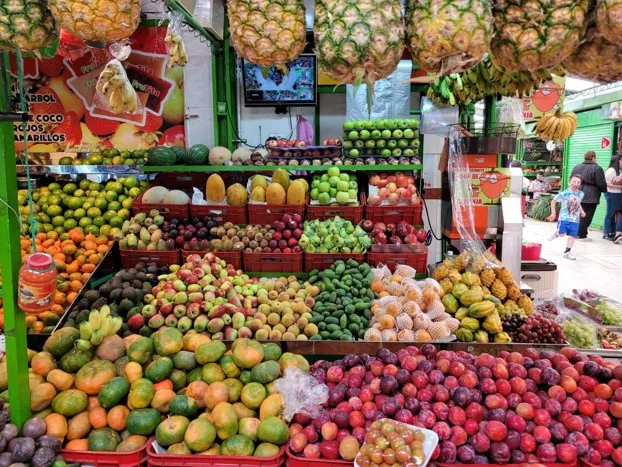
Flowers Station
Impossible not to stop for a moment in this place. Located in the heart of the traditional Chapinero neighborhood, the Flores station pays homage to one of the great symbols of Colombia. And it is that, without a doubt, the flora of our country is, together with other figures such as coffee or emeralds, a distinctive sign of our identity that represents us before the entire world.
Colombia's ecosystems range from the most arid deserts, through humid forests and reedbeds, and even frozen moors and snowy peaks; Thanks to this variety of natural environments, a fascinating variety of flora is produced in our territory: between 40,000 and 45,000 native species, which is equivalent to almost a fifth of all those on the planet! In addition, Colombia's privileged geographical location means that, unlike other large flower growers such as Kenya, Germany and the Netherlands, flowers are produced here throughout the year, regardless of the season.
This makes it possible for any city in Colombia to get flowers of any type, size and color, and for all kinds of occasions. In Bogotá, one of the main points of sale is Parque de las Flores, next to the station that bears his name and —hence our special affection for this place— less than two blocks from the headquarters of Nueva Lengua in the capital.
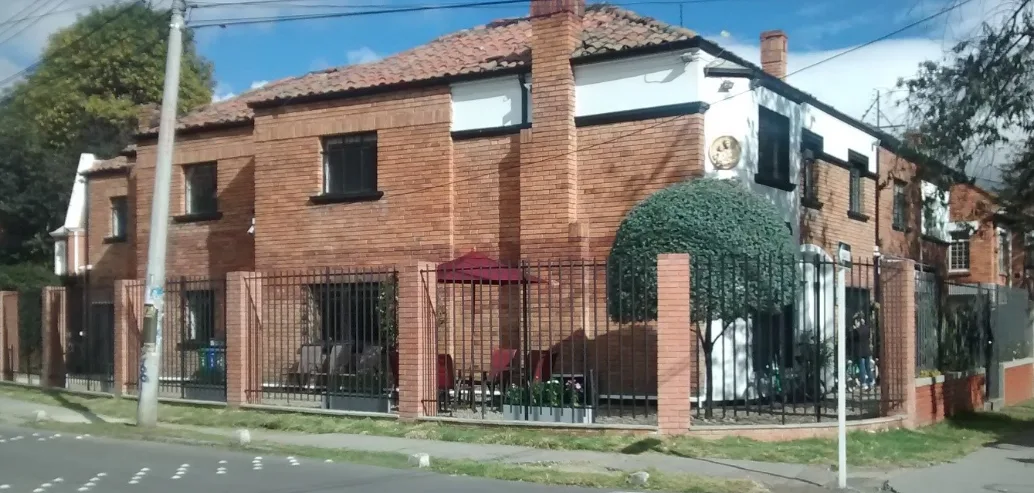
Traveling around Bogota
When you learn Spanish with Nueva LenguaIn addition to practicing your command of the language with professional teachers and students from all over the world, you will be able to visit the main tourist sites in Bogotá and live enriching and very fun cultural experiences.
As you may have seen in these few examples, the city is crossed by culture, and art and history are felt and lived in every corner. So, if history, nature and art are your thing, get to know Bogotá while you learn Spanish in Nueva Lengua.
Check the plans what we have for you, or write to info@nuevalengua.com for more information about our Spanish courses and cultural immersion In colombia.
All the articles in this blog have been written by the teachers of our school and by students from different countries who traveled to Colombia to learn Spanish.
“You travel too and study Spanish in NUEVA LENGUA"
Follow us on our social networks:
RELATED VIDEOS
MEDELLÍN - GUADUAS

